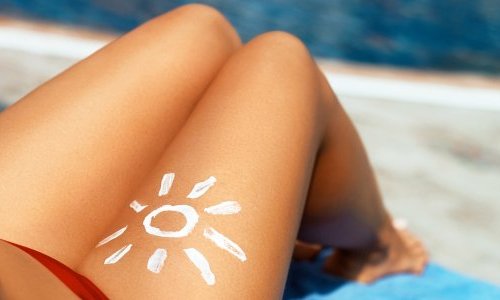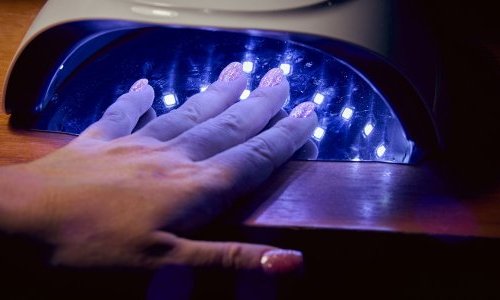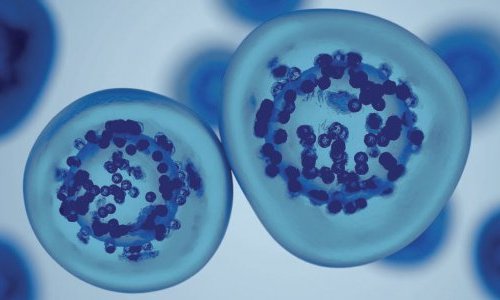Hydration and transepidermal water loss
Stratum corneum, the outermost layer of the epidermis, is known for its barrier function to protect underlying tissue from infection, dehydration, chemicals and mechanical stress. Paradoxically, although the face is generally the part of the body most exposed to the external environment, facial skin is particularly sensitive and its stratum corneum is thinner than elsewhere. Studies conducted by DSM Personal Care also found large differences in hydration and transepidermal water loss (TEWL) values on different parts of the face. Moreover, these differences appear to vary among different ethnic groups!
In partnership with the University of Limpopo, South Africa, Newtone Technologies, France, and AVR Consulting, UK, DSM Personal Care has run an extensive study to generate detailed hydration and TEWL mapping of the faces of Chinese, Caucasian, Indian and Black African subjects.
A special algorithm was developed to automatically detect skin pixels and interpolate a measured value for each of the subjects after superimposing the various bio-instrumental data on the images. As a result, full continuous facial skin hydration and TEWL colour maps are now available for the first time. Not only skin hydration and TEWL vary on the face, but there are also remarkable differences between the different ethnicities.
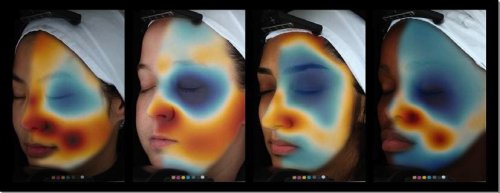
“Moisturizing creams need to consider the different characteristics of various facial anatomical locations as well as the various requirements of the skin of different ethnicities. Our results will support and boost the deeper understanding of the different needs of different skin types,” commented Rainer Voegeli, Senior Scientist Skin Biology at DSM and one of the authors of the findings.
Pigmentation and skin barrier function
DSM researchers also investigated the role of skin pigmentation in facial stratum corneum barrier integrity and repair capacity. In cooperation with the Photobiology Laboratory, Medusa Campus, UL, South Africa and AVR Consulting, UK, DSM Personal Care performed a study on stratum corneum barrier characteristics among Caucasian, Albino African and Black African subjects to gain deeper insights in this field.
The study revealed that pigmentation does not appear to play a role in the facial stratum corneum barrier integrity and repair capability. On the contrary, Albino African subjects’ cheek stratum corneum barrier integrity and repair capability proved to be superior to that of Black African and Caucasian subjects. Also the stratum corneum of the Albino African group was found to be approximately 67% thicker (p≤0.001) on the cheek compared with the Caucasian group and 35% thicker than the Black African subjects.
“Such drastic differences among different skin ethnicities confirms the demand for dedicated solutions to answer the needs of millions of consumers worldwide,” said Rainer Voegeli.
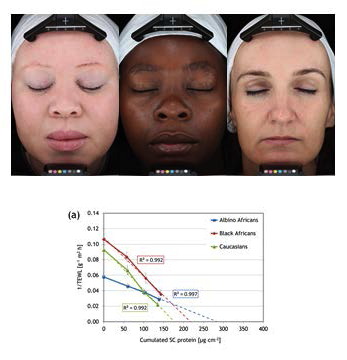
According to DSM, thicker stratum corneum and relatively faster repair capacity on the cheeks of the Albino African subjects suggests that their skin has responded to an external UV challenge to strengthen essential skin barrier functions in order to protect the skin against UV radiation. However, the reasons for these findings are currently under investigation at the biochemical level.



